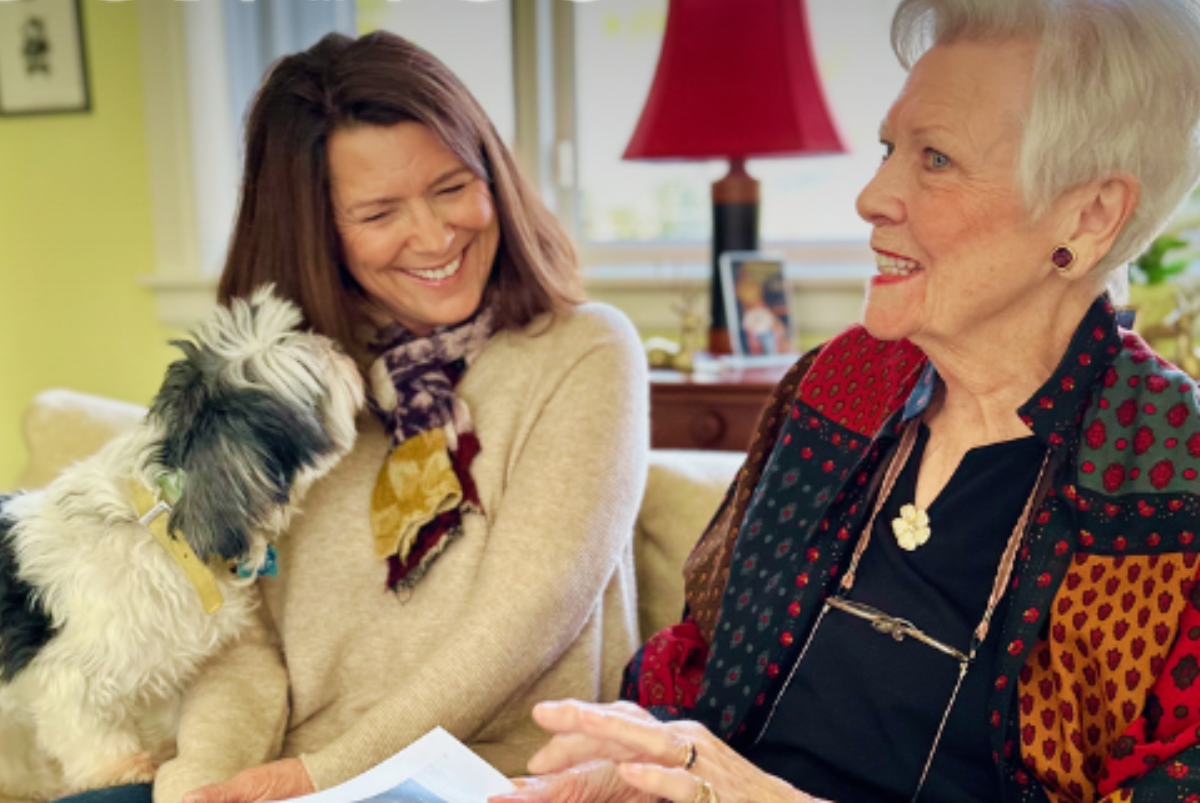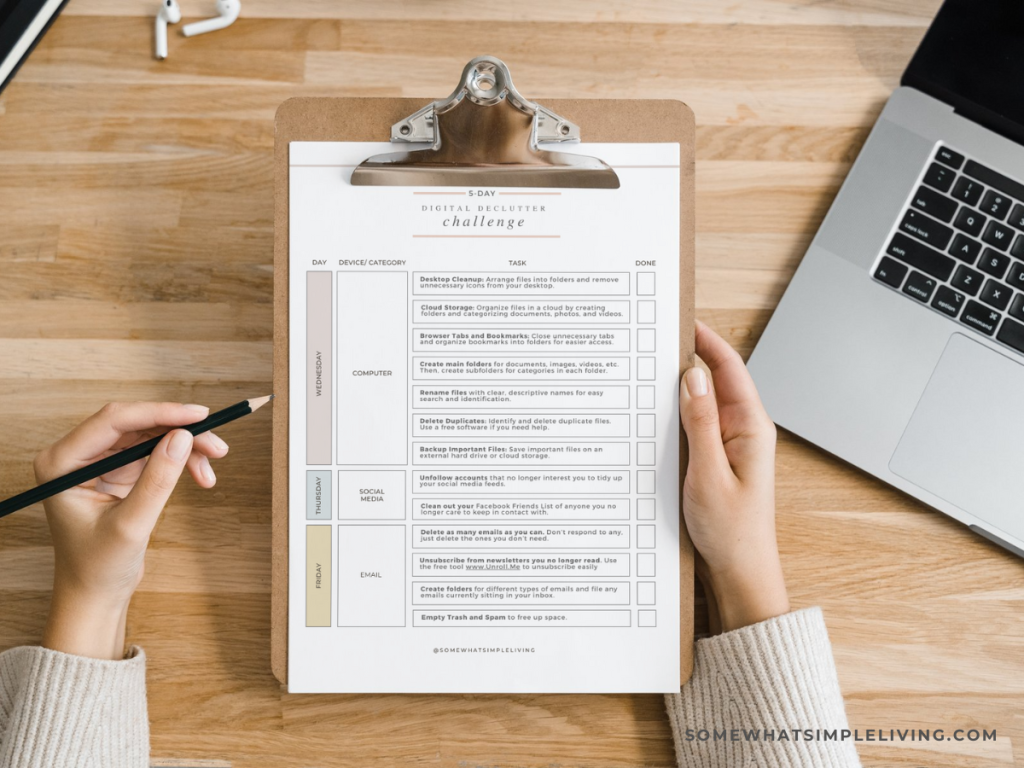Demystifying Minimalism: How to Create a Lifestyle with Fewer Items

Understanding Minimalism
In today’s fast-paced society, where consumerism is often king, the concept of minimalism stands as a refreshing alternative. Minimalism invites individuals to declutter not just their physical spaces but also their mental landscapes, emphasizing the importance of quality over quantity. The essence of minimalism is about prioritizing what truly enriches our lives.
The Core Principles of Minimalism
At its heart, minimalism is grounded in a few key principles that shape the way adherents approach life:
- Less Clutter: Minimalism advocates for a neat environment that minimizes distractions. Studies have shown that reducing clutter can lead to improved concentration and productivity. By organizing living spaces, individuals can create a calming oasis that aids in mental clarity.
- Intentional Living: This aspect encourages individuals to be conscious about their choices. Whether it is the clothing they choose to wear or the people they surround themselves with, minimalists strive for meaningful connections and possessions that align with their values.
- Financial Freedom: By cutting back on unnecessary consumption, many individuals discover that they can save considerable amounts of money. This newfound freedom often allows them to invest in experiences—such as travel, education, or hobbies—that foster personal growth rather than material accumulation.
The Benefits of Embracing Minimalism
Those who adopt a minimalist lifestyle frequently report a variety of benefits, including:
- A decrease in stress and anxiety: A clutter-free environment often leads to a calmer mind, making it easier to navigate life’s challenges.
- Enhanced focus and creativity: Without the distractions of excess, individuals can channel their efforts into creative pursuits or personal projects that inspire them.
- Improved mental clarity: By prioritizing what truly matters, minimalists find clarity in their thoughts and goals, leading to a more fulfilling life.
As you consider transitioning to a minimalist lifestyle, it’s essential to recognize that minimalism is more about deliberation than deprivation. Each person’s journey will differ based on their values, priorities, and aspirations. For example, a family may choose minimalism to foster a more connected home environment, while a single professional might seek it to enhance productivity and personal growth.
Taking the First Steps Towards Minimalism
To start, evaluate your current possessions and reflect on their significance. Are they truly adding value to your life, or are they merely occupying space? Begin by decluttering one room at a time, setting tangible goals such as reducing your wardrobe to versatile essentials or minimizing kitchen gadgets to only those you use regularly.

Incorporating minimalism into your life can lead to profound transformations. When you create a space that reflects your true self, you invite opportunities for deeper experiences, richer relationships, and significant personal development. Ultimately, minimalism is not merely a trend but a pathway to a more intentional, fulfilling way of life.
DISCOVER MORE: Click here to learn how minimalism can enhance your daily life
Taking the First Steps Towards Minimalism
Embarking on a minimalist journey can seem daunting, especially in a culture that constantly encourages accumulation. However, the transition doesn’t need to be overwhelming. By approaching minimalism with a strategic mindset, individuals can instill long-lasting changes that lead to a more fulfilling way of life. Ultimately, the goal is to create a living environment that reflects your values and priorities.
Assessing Your Current Lifestyle
The first step in embracing minimalism is conducting a thorough assessment of your current lifestyle and belongings. Start by asking yourself some fundamental questions about the items you own:
- Do I use this item regularly? – If an item hasn’t been used in the past year, consider whether it truly serves a purpose in your life.
- Does this bring me joy or fulfillment? – Reflect on whether each possession adds value to your life or simply takes up space.
- Is this item aligned with my values? – Evaluate if the things you own support the lifestyle you desire to live.
Understanding the significance of your items is crucial, as it sets the foundation for your minimalist journey. Create a list of things that add value and those that can be eliminated. This process will not only clear physical space but also pave the way for mental clarity.
Decluttering Your Space
Once you have assessed your possessions, the next step is decluttering. Tackle one area or room at a time, as this reduces feelings of being overwhelmed. Implement the ‘One In, One Out’ rule: for every new item you bring into your home, let go of one you no longer need. This strategy keeps clutter at bay and makes you more mindful of future purchases.
Start with practical spaces where clutter tends to accumulate, such as the kitchen or closet. Here are some actionable tips for decluttering:
- Set a timer: Give yourself a set amount of time—30 minutes, for example—to work on decluttering one area. This creates a sense of urgency and allows for focused effort.
- Create designated keep, donate, and discard boxes: This organization method makes decisions easier as you physically separate what you want to keep from what you’ll let go.
- Be honest with yourself: Holding onto items because of guilt or sentimentality is common. Recognize that memories reside in your experiences, not in material possessions.
Decluttering can be an emotional process, and it’s perfectly normal to feel attached to certain items. Stage this process over several days or weeks if necessary. Remember, the objective is to create an environment that truly reflects who you are and where you want to go.
Infusing Intentionality into Your Life
Transitioning to a minimalist lifestyle is more than just cleaning out your closet; it’s about embracing an overall philosophy that prioritizes intention and mindfulness. As you remove excess, consider how you can replace it with meaningful experiences and connections. This could mean investing time in relationships with family and friends, trying new hobbies, or engaging in activities that nurture your mental and emotional well-being.
Ultimately, minimalism allows you to fully engage with life’s essential pleasures. By focusing on what truly matters, you empower yourself to make deliberate choices that lead to a more content and enriched life.
Embracing Minimalism: The Practical Steps
Minimalism is not just a trend; it’s a lifestyle choice that encourages living with intention and purpose. To embark on this journey of simplification, one needs to adopt practical steps that facilitate the transition into a life with fewer possessions.
Assess Your Belongings
Start by evaluating your current possessions. This doesn’t just mean decluttering your space; it’s about understanding what items serve a purpose or bring you joy. Utilizing the Marie Kondo method can be greatly beneficial. By asking yourself, “Does this item spark joy?” you can simplify the decision-making process.
Prioritize Quality Over Quantity
Investing in higher-quality, multifunctional items proves crucial in a minimalist lifestyle. Rather than owning multiple cheap items, focus on acquiring a few pieces that serve multiple purposes. This philosophy extends to clothing, kitchenware, and home goods, making it easier to maintain an organized space while ensuring you have what you truly need.
Digital Decluttering
Minimalism also extends into the digital realm. Take time to sort through your online life. Delete unnecessary emails, organize files, and unsubscribe from unwanted newsletters. Creating a streamlined digital existence not only reduces stress but helps you focus on what truly matters.
Mindful Consumption
Adopting a mindful consumption mindset is essential when transitioning to minimalism. Before making a purchase, consider its necessity and contribution to your life. This practice encourages thoughtful decisions, leading to significant savings in both finances and space.
Table: Advantages of Minimalism
| Category | Benefits |
|---|---|
| Enhanced Focus | Fewer distractions lead to improved mental clarity. |
| Financial Freedom | Less spending on unnecessary items results in savings. |
| Time Savings | Easier organization and less time wasted in cleaning. |
| Emotional Clarity | Reduced anxiety linked to material possessions. |
As you delve deeper into the world of minimalism, you will discover that it is about creating a fulfilling life that prioritizes experiences over possessions. Each step you take moves you closer to a more meaningful existence, where what you own truly complements who you are.
DISCOVER MORE: Click here to learn how minimalism can enhance your routine
Building a Mindful Minimalism Practice
Once the initial decluttering is complete, individuals may encounter the fascinating yet challenging aspect of maintaining a minimalist lifestyle. Unlike fleeting trends, minimalism is a daily practice that requires conscious effort and mindfulness. To cultivate and sustain this way of life, it’s essential to integrate routines and habits that support simplicity and intentional living.
Establishing Productive Daily Routines
Creating daily routines that prioritize minimalism can significantly enhance productivity and reduce stress. Consider implementing aspects of a minimalistic approach into your everyday activities:
- Morning Rituals: Start each day with a clear sense of purpose. Engage in activities such as meditation, journaling, or a simple breakfast instead of diving into your phone or work immediately. A mindful beginning sets a positive tone for the rest of the day.
- The Pomodoro Technique: Limit distractions by focusing for a burst of time—typically 25 minutes—followed by a brief break. This practice not only increases efficiency but also aligns with the minimalist philosophy of valuing time.
- Digital Decluttering: Regularly assess your digital environment, including email subscriptions, apps, and files. An overstuffed phone or inbox can create unnecessary stress. Set aside time weekly to clear out digital clutter.
Incorporating these practices into daily life can help prevent the accumulation of physical and mental clutter, reinforcing the principles of minimalism.
Mindful Consumption and Sustainable Choices
As you embrace minimalism, engaging in mindful consumption becomes vital. This practice encourages awareness about the purchasing decisions you make and their broader implications. Consider the following strategies:
- Do Your Research: Before making a purchase, explore the item’s necessity and origin. Is it sustainably made? Consider supporting local businesses or purchasing second-hand items instead.
- Evaluate Quality Over Quantity: Invest in fewer, high-quality items rather than numerous low-quality ones. Quality items often provide better longevity, saving you money over time.
- Adopt the 30-Day Rule: Before buying a non-essential item, wait 30 days. This cooling-off period provides time to evaluate whether the item is truly needed or just an impulse desire.
Mindful consumption not only aligns with a minimalist lifestyle but also contributes to environmental sustainability—a growing concern in today’s society. With every purchase, individuals have an opportunity to make a decision that reflects their commitment to a simpler, more intentional life.
Cultivating a Supportive Community
A minimalist lifestyle is far easier to sustain when surrounded by supportive friends and family. Engaging with others who share similar values can enhance motivation and provide a sense of accountability. Consider these avenues:
- Join Local or Online Minimalism Groups: Seek out community groups or online forums where individuals discuss minimalist practices, share experiences, and celebrate successes.
- Organize a Clothing Swap: Promote a sense of community by hosting clothing swaps with friends, allowing you to refresh your wardrobe without purchasing new items.
- Participate in Workshops: Attend workshops that focus on minimalism, organization, or sustainable living. These events often provide valuable insights and practical tips.
A sense of belonging fosters resilience in the face of societal pressures to conform to consumerism, reinforcing your commitment to minimalism.
Embracing the Evolving Nature of Minimalism
Minimalism is not a one-size-fits-all approach; it’s a personal journey that evolves as your life circumstances change. As you continue this adventure, remember to adapt your practices to fit your current needs and lifestyle. Life events—new jobs, family changes, or relocations—can disrupt your minimalist routine, and acknowledging this can provide vital flexibility.
Understanding that minimalism can manifest differently for everyone enables a more sustainable and enjoyable relationship with your possessions. Allow yourself to redefine what minimalism means to you at different stages of life, encouraging continuous growth and reflection.
DIVE DEEPER: Click here to discover more
Conclusion
In conclusion, minimalism is more than just a trend; it is a transformative lifestyle choice that encourages us to evaluate our possessions, consumption habits, and daily routines. By embracing a minimalist approach, individuals have the opportunity to reclaim their time, reduce stress, and foster greater mindfulness in an increasingly hectic world. Throughout this journey, adopting practices such as mindful consumption, implementing productive routines, and cultivating a supportive community can significantly enhance your commitment to living with less.
As you explore the various facets of minimalism, it is vital to remember that this path is not a rigid checklist but rather a flexible framework that can be personalized to fit your unique circumstances. Whether it’s through digital decluttering, prioritizing quality over quantity in your purchases, or reshaping your daily rituals, the emphasis should always be on creating a balanced, intentional life that resonates with your values.
As you delve deeper into the world of minimalism, consider how each decision you make not only reflects your own priorities but also has the potential to contribute to a more sustainable future. The journey of achieving a minimalist lifestyle is both profound and individualistic; embrace the evolution it brings, and trust in your ability to shape a life that is richer not because of what you own, but rather because of the experiences and connections you cultivate along the way.


